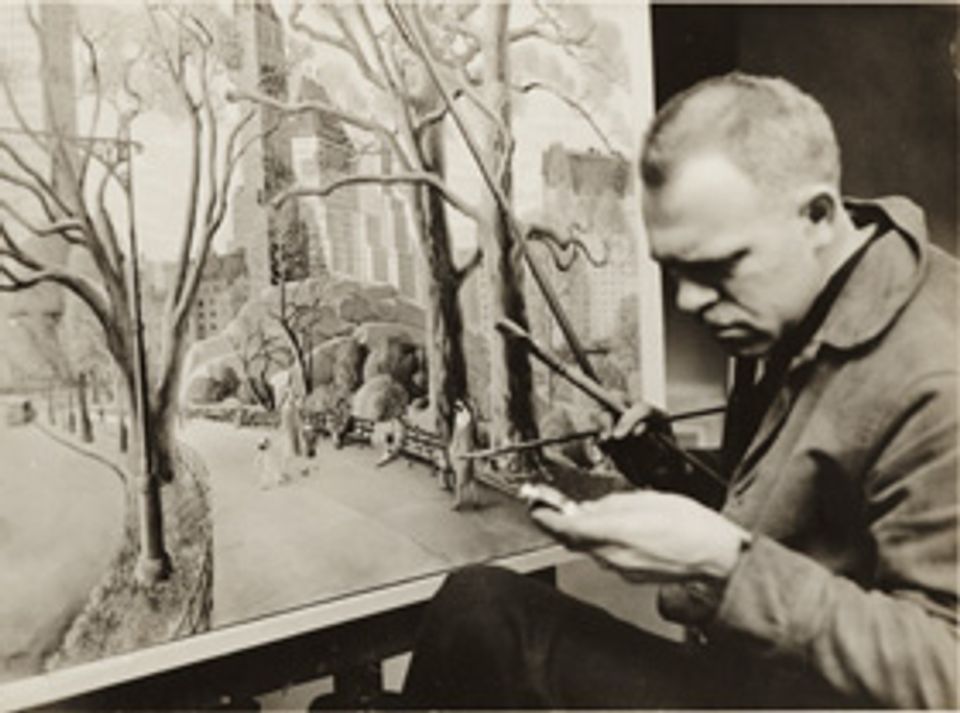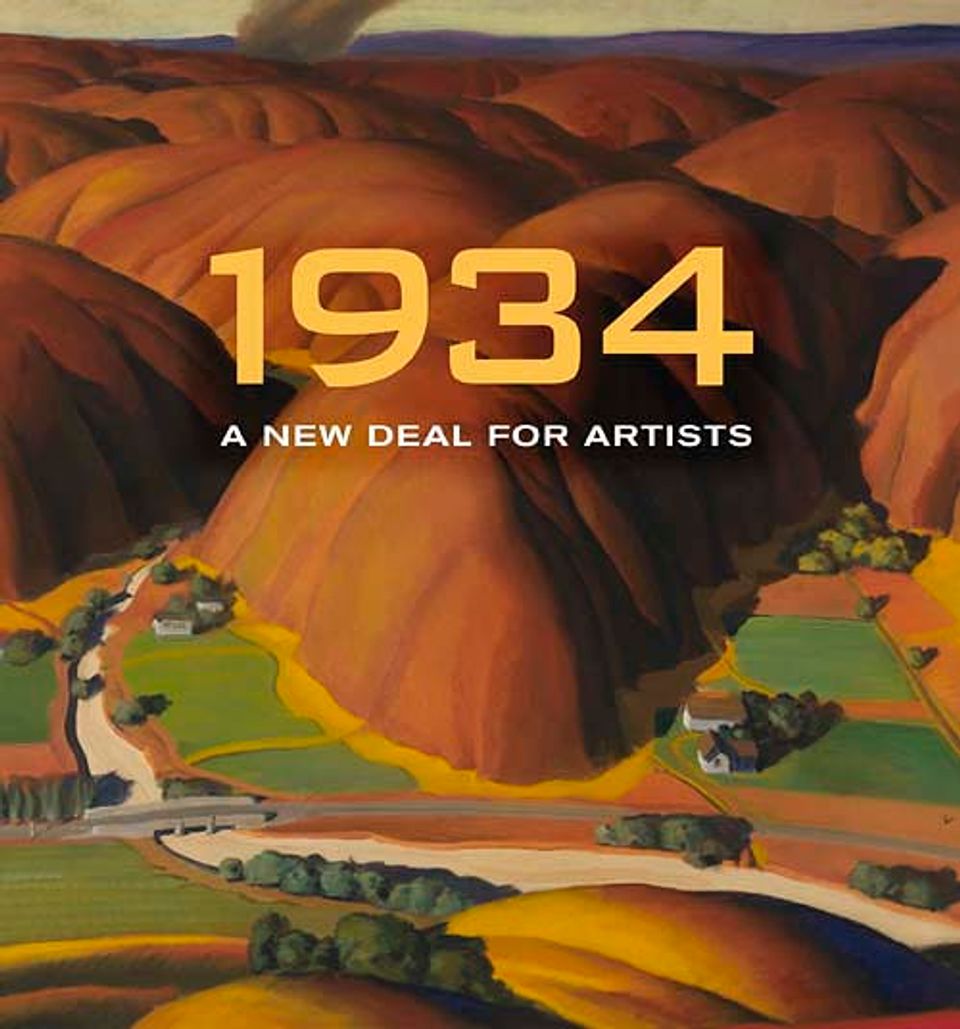Carl Gustaf Nelson

- Also known as
- Carl Gustav Nelson
- C. G. Nelson
- Carl Gustaf Simon Nelson
- Carl Nelson
- Born
- Hörby, Sweden
- Died
- Elmhurst, Illinois, United States
- Active in
- Boston, Massachusetts, United States
- Biography
Carl Nelson’s slender frame, wiry white beard, and flamboyant clothing made him instantly recognizable on Maine’s Cranberry Island. He had retired from teaching in Boston and become a beloved member of the island community, where friends praised his excellent cooking and gardening. During the Depression, Nelson lived in New York, surviving on a tiny paycheck from the Works Progress Administration. He later recalled the casual nature of the government’s job offer: “My phone rang one afternoon & I was asked . . . if I would like to go to work the following morning.” During his long career, he exhibited his work in important group shows, including the Whitney Biennial. Several of the country’s top art museums acquired Nelson’s paintings, and he taught for decades. Six years before his death, he wrote a letter to the Smithsonian American Art Museum, stating “I have lived the happiest of lives between teaching and painting.” (Carl G. Nelson to Susanne Owens, April 25, 1982, SAAM curatorial file)














